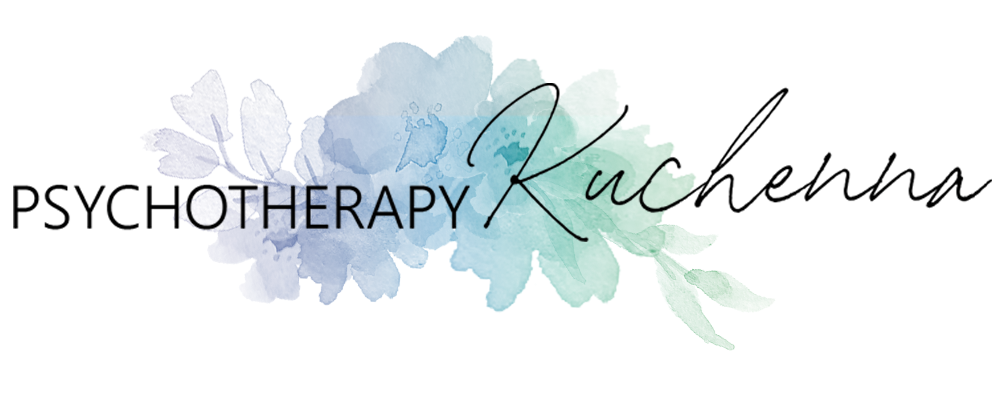ADHD, or Attention-Deficit/Hyperactivity Disorder, is a neurodevelopmental condition that affects millions of people around the world. While it’s most commonly diagnosed in children, it can persist into adulthood. ADHD is characterized by persistent patterns of inattention, hyperactivity, and impulsivity. In this article, we will delve into the details of ADHD, from its symptoms and causes to diagnosis, treatment, and strategies for thriving with this condition.
Understanding ADHD
ADHD is a complex and multifaceted condition that impacts individuals differently. It has three main subtypes:
Predominantly Inattentive Presentation: Individuals with this subtype struggle primarily with focus, organization, and task completion. They may overlook details, make careless mistakes, and have difficulty sustaining attention.
Predominantly Hyperactive-Impulsive Presentation: This subtype is characterized by hyperactivity and impulsivity. Individuals may have trouble sitting still, act without thinking, and interrupt others frequently.
Combined Presentation: The combined presentation includes symptoms of both inattention and hyperactivity-impulsivity.
Common Symptoms
While symptoms can vary widely, common signs of ADHD include:
Difficulty paying attention to details or following instructions
- Frequent careless mistakes
- Trouble organizing tasks and activities
- Avoidance of tasks requiring sustained mental effort
- Frequently losing or misplacing items
- Forgetfulness in daily activities
- Inability to stay seated or sit quietly
- Excessive talking or blurting out answers
- Difficulty waiting for one’s turn
- Interrupting others
- Causes and Risk Factors
The exact cause of ADHD is not fully understood, but it is believed to involve a combination of genetic, environmental, and neurological factors. Some potential risk factors and influences include:
Genetics: ADHD tends to run in families, suggesting a strong genetic component.
Brain Structure: Abnormalities in brain structure and function, particularly in the frontal lobes, are associated with ADHD.
Environmental Factors: Prenatal exposure to tobacco smoke, alcohol, or certain toxins may increase the risk of ADHD. Low birth weight and premature birth are also associated with a higher likelihood of developing the disorder.
Diagnosis
ADHD is typically diagnosed by a healthcare professional, such as a paediatrician or a psychiatrist, after a comprehensive evaluation. The process involves gathering information from multiple sources, including parents, teachers, and the individual in question. The Diagnostic and Statistical Manual of Mental Disorders (DSM-5) criteria are often used for diagnosis. It’s essential to rule out other conditions that might mimic ADHD symptoms, such as learning disabilities or anxiety disorders.
Managing
Management of ADHD usually involves a multimodal approach tailored to the individual’s needs. Common strategies and treatments include:
Medication: Stimulant and non-stimulant medications are commonly prescribed to help manage symptoms. These can improve attention, impulse control, and hyperactivity.
Behavioural Therapy: Behavioral interventions, including cognitive-behavioural therapy, can help individuals learn coping strategies and develop new skills for managing their symptoms.
Educational Support: Special education services, including Individualized Education Programs (IEPs), can help students receive the necessary accommodations and support in school.
Lifestyle Modifications: Implementing healthy lifestyle habits, such as regular exercise, a balanced diet, and adequate sleep, can positively impact ADHD symptoms.
Thriving with ADHD
ADHD is not a sentence to a life of struggle. Many individuals with ADHD go on to lead successful and fulfilling lives. Here are some strategies to help thrive with ADHD:
Self-Acceptance: Recognize that ADHD is a part of who you are, but it doesn’t define your entire identity.
Structure and Routine: Establish a daily routine and create a structured environment to help manage symptoms.
Time Management: Use tools like calendars, planners, and reminders to stay organized and on track.
Mindfulness and Stress Management: Practices like mindfulness meditation can help manage impulsivity and reduce stress.
Support System: Seek support from family, friends, and mental health professionals who can offer guidance and understanding.
Conclusion
ADHD is a complex and challenging condition, but it can be managed and even harnessed to one’s advantage. Understanding the symptoms, causes, diagnosis, and treatment options is the first step toward living a productive and fulfilling life with ADHD. By embracing your unique qualities and implementing effective strategies, individuals with ADHD can thrive and achieve their goals.


